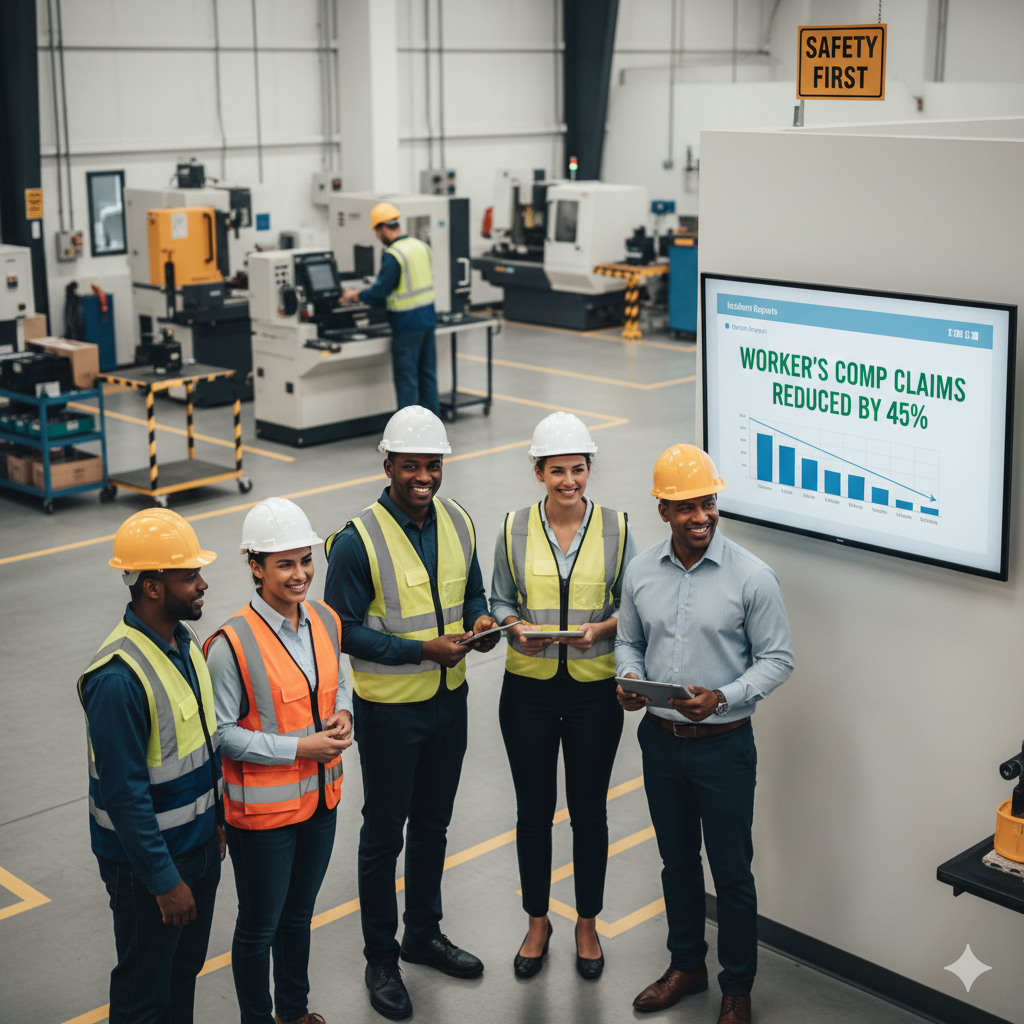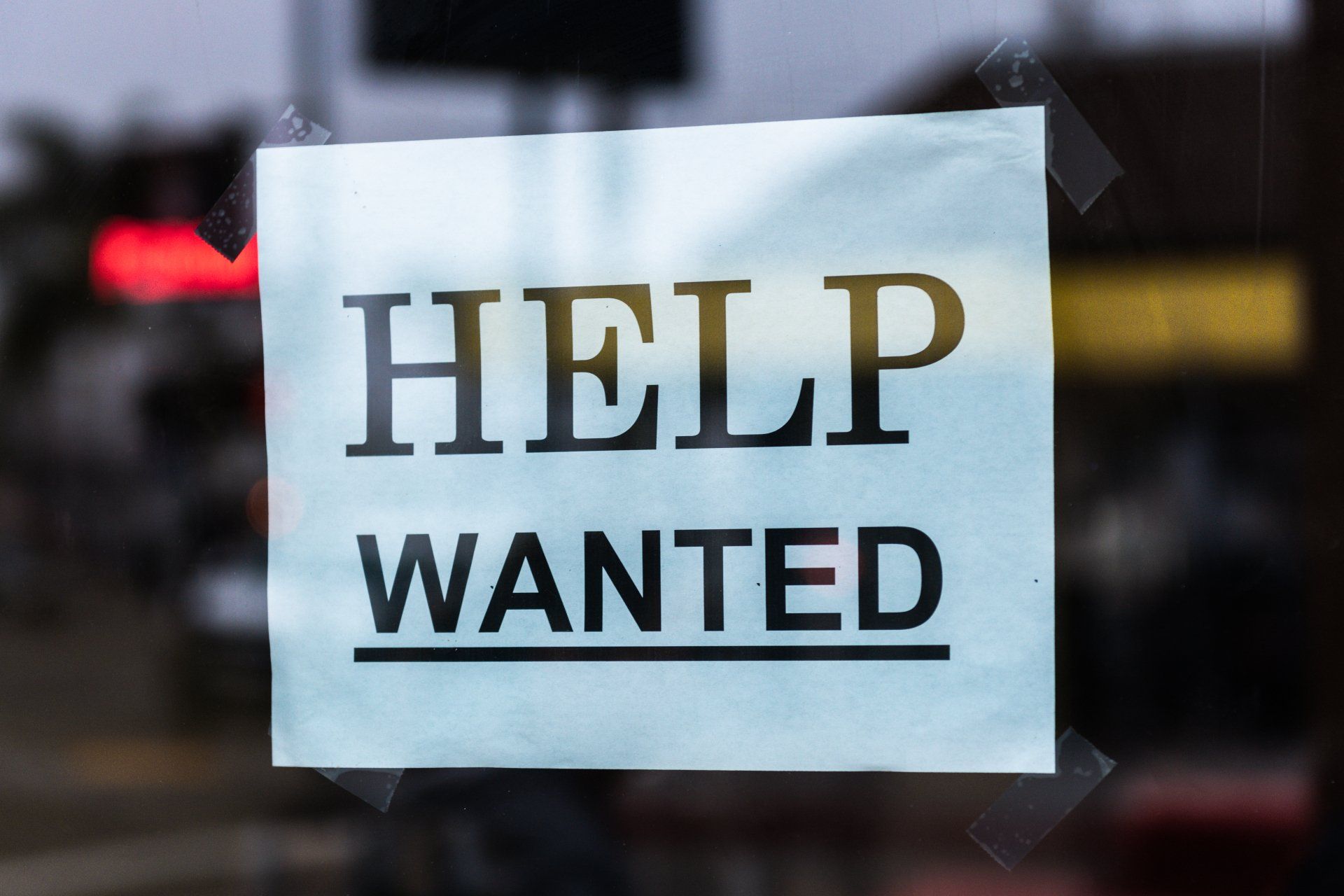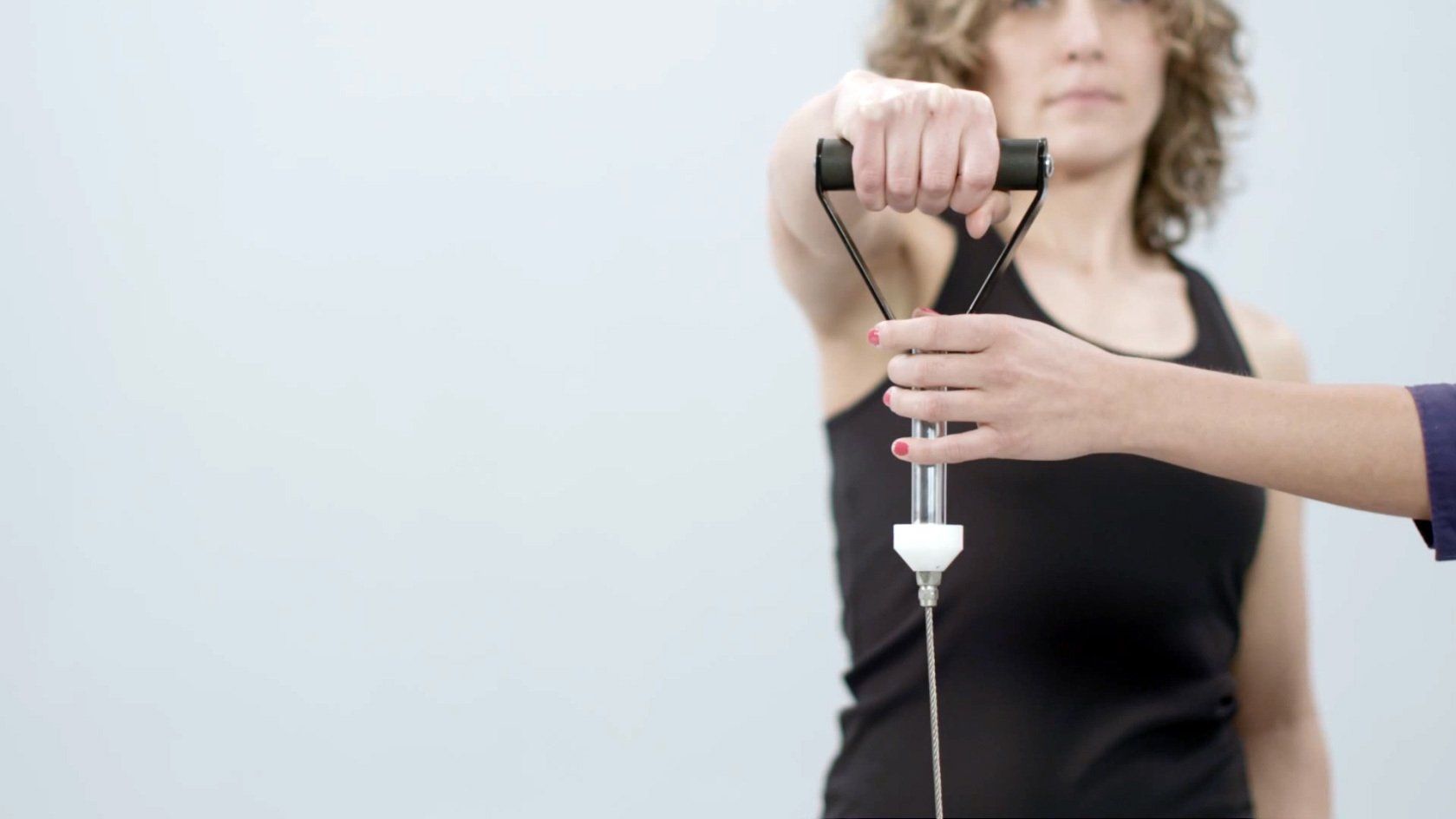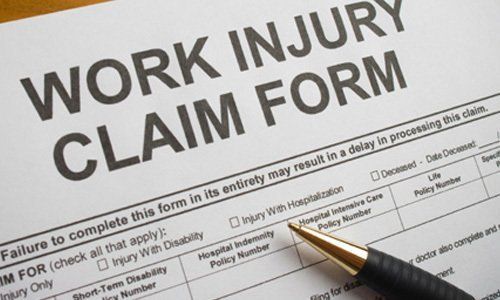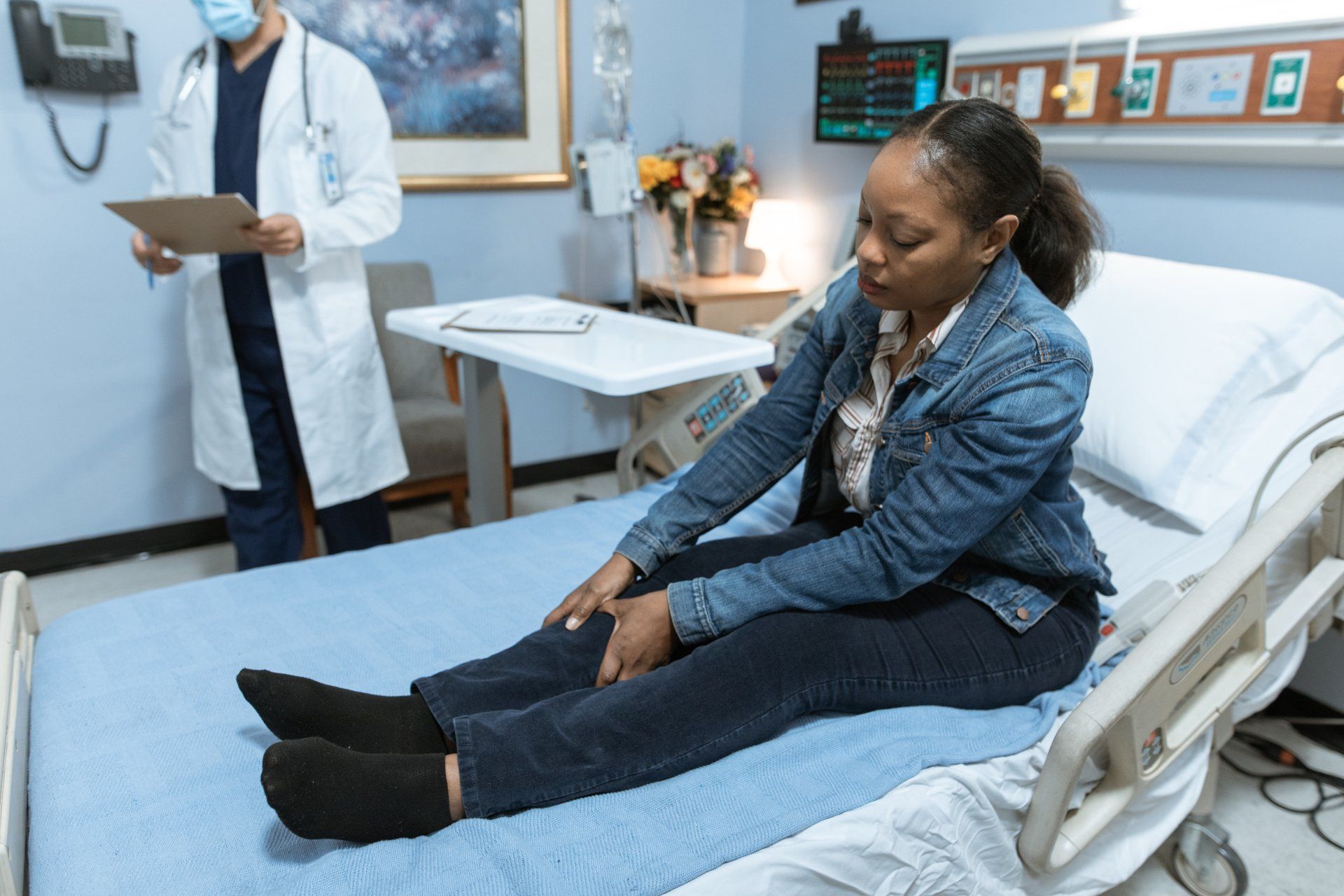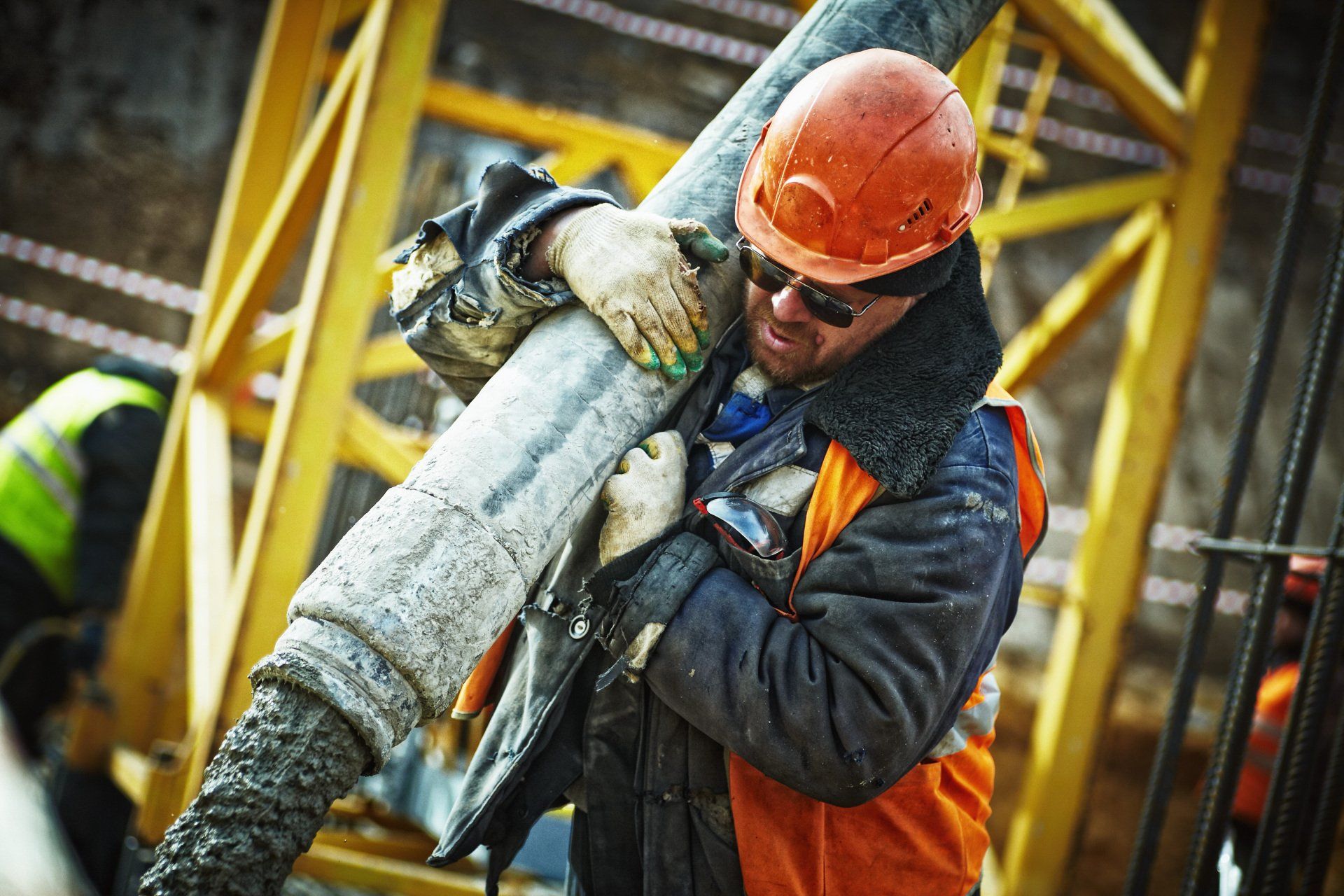The 4 Best Employee Onboarding Practices
Setting the right tone for your new employees is important. The onboarding process can be very successful when you use the right practices.

The employee onboarding process essentially sets the foundation of the employer and employee relationship. Because onboarding is the first impression an employee will have of their new job, it’s incredibly important for employers to prioritize performing the best onboarding practices while also ensuring workplace safety.
Post-Employment Testing
One of the first things to consider during the onboarding process is post-employment testing. Before onboarding new employees, you need to determine the best position to place them in. It's important to test employees strength, flexibility and mobility to ensure that they're being placed in a position that they are comfortable in, especially in more physically intensive jobs. When you perform post-employment tests, it helps you best place your new employees, and makes sure that everyone is safe and happy.
Workplace Safety
There are different types of tests that are conducted for different workplaces. For more physically demanding jobs and industries such as manufacturing and construction, particular tests that examine the strength of your employees is important, as their daily tasks entail lifting heavy items. You may even want to do health testing, to ensure the overall well-being of your potential employees. The Physical Capacity Testing System is a one-of-a-kind post-employment safety test that will ensure both employers and employees are as safe as possible.
The PCP Testing System has 23 strength measurements and can be completed in just 20 minutes. It tests range of motion, grip strength, leg strength, lifting/endurance, pinch strength and body fat percentage. The test helps employees maintain a safe workplace and reduce injury-related expenses. The medical information is obtained and measured utilizing standards from the Department of Labor’s
(DOL) five classifications of work and the American Medical Association
(AMA) guidelines. The PCP Testing System is ADA and HIPAA compliant and has successfully undergone EEOC audits.
Create An Onboarding Program
If onboarding employees is something you do frequently, it’s helpful to come up with a step-by-step program that helps you to standardize this process. This way all employees go through the same process.
When creating an onboarding program you need to provide mentors and set goals. You may need to create different programs for different circumstances. This will help you create the most successful onboarding program that’s relative for each employee.
Set Job Roles
You can make onboarding programs for specific job roles, especially for more complex jobs. This helps each person in that role to have a thorough understanding of what’s expected from them.
Remote Jobs
You may have new staff who are going to work remotely. Due to COVID-19 working remotely has become more common. This will require a different type of onboarding program that introduces new employees who are working from home.
Prepare for The First Day
The first day is arguably the most important day for your new employees. They're eager to get started with their new job and probably have many questions. It’s so important to plan for this day, so your new employees have a positive first-day experience.
These are just a few things that you should consider for their first day:
- Introduction to the team. Your current employees are going to be working with your new employees, so it’s important to set a good tone for their work relationship. You can plan fun ways to introduce them to your team. For example, during lunch break, you could perform icebreakers.
- Informing them of office rules and responsibilities. There are set office rules and protocols that you want to be followed by your employees. This is when you make them aware of their rules and responsibilities, so you make them aware of your expectations.
- Showing them their daily tasks. Once your new employees are feeling more comfortable and know the basics about the office, you need to get into the details of their tasks. This is where you show them all the tasks required from them and how they can go about doing them.
- Answering questions. As much as you can plan to prepare your new employees on the first day, they still may have some questions and concerns. It’s important to leave time for this, so they can finish their first day confidently.
Plan Frequent Check-Ins
After the first day, you’ll notice your employees settling in. This doesn’t mean your onboarding process is complete. Starting a new job can be challenging, so ensure that you make them feel comfortable and heard by doing frequent check-ins. Ensure their manager, or assigned buddy is helping them stay on top of their new work.
Assigned Buddy
It can be challenging to check up on all of your onboarded employees constantly, as you have limited time. It’s a good idea to assign a work buddy that will be working close to them so that they can be in contact quite often.
This will help your new employees to feel more comfortable, as they know they have an allocated colleague who will help them out when they need it. Assigned buddies can also report to you, to let you know the progress of the new employees and whether they have any concerns.
If you onboard your new employees using these practices, you’ll find that they become efficient, hard workers. You should want your new employees to feel welcomed and excited to work with you. The onboarding process truly sets the tone for their work experience, so make it a good one! If you'd like to learn more about implementing a standardized safety program, click hereto read more about The Physical Capacity Testing System.
